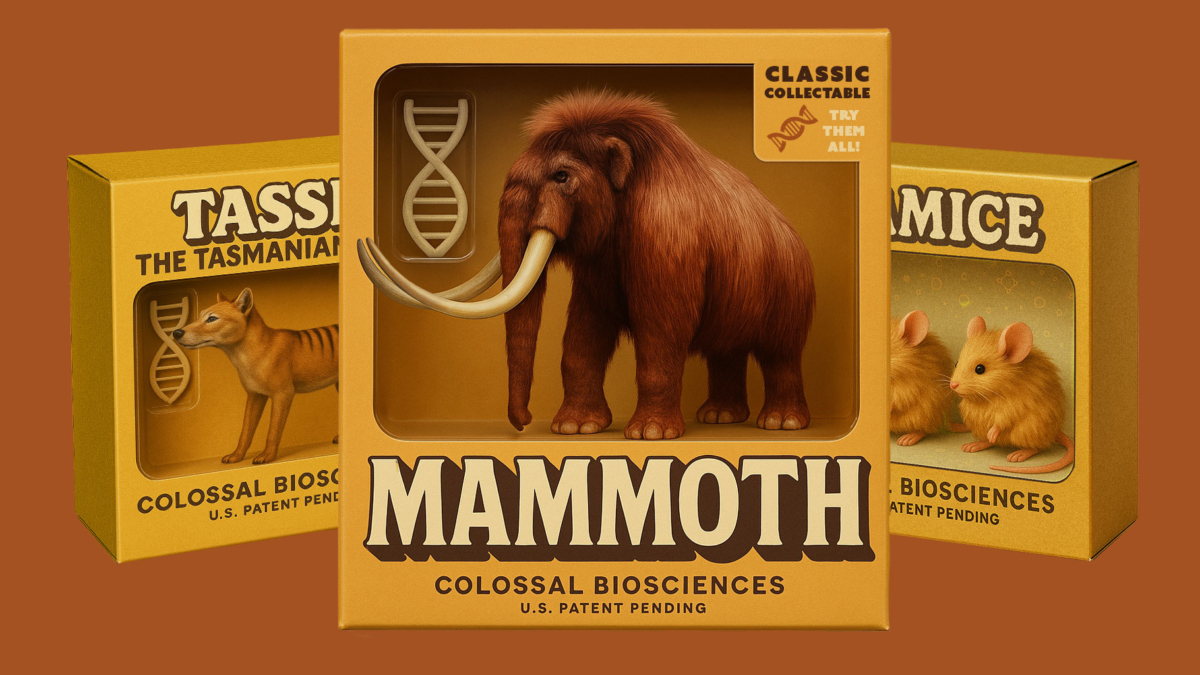
The National Hockey League`s newest franchise, the Utah Mammoth, has found itself embroiled in a distinctly non-sporting contest just as it embarks on its fresh identity. Weeks after unveiling its permanent name and logo, the Salt Lake City-based team is facing a federal lawsuit filed against an Oregon-based hockey equipment company, Mammoth Hockey LLC. At the heart of the dispute? The very name `Mammoth` and its associated branding – a legal skirmish that promises to be as substantial as the creature itself.
The Genesis of a New NHL Era (and a New Problem)
The journey of Utah`s NHL team has been nothing short of unique. Following its swift relocation from Arizona, the team initially skated under the placeholder moniker `Utah Hockey Club,` allowing fans to weigh in on potential permanent names. The eventual choice, `Mammoth,` was intended to evoke power, resilience, and a connection to Utah`s vast, prehistoric landscapes. Owners, Smith Entertainment Group (SEG), undoubtedly envisioned a triumphant launch, complete with a powerful, tusks-and-all logo.
However, the ink on the new branding was barely dry when the first legal frost descended. Mammoth Hockey LLC, an Oregon-based company that has been producing oversized hockey gear bags since 2014, quickly issued a cease-and-desist letter. Their contention was clear: the NHL team`s use of `Mammoth` and a similar logo could lead to significant consumer confusion, potentially diluting their decade-old brand presence in the hockey goods market.
Mammoth Hockey: A Decade of Gear, A Claim to the Name
For nearly a decade, Mammoth Hockey has quietly carved out its niche, supplying players with robust, capacious gear bags designed to handle the rigors of the sport. Their brand identity, rooted in the `Mammoth` name and a corresponding logo, has, they argue, become synonymous with their product line. Erik Olson, co-founder of Mammoth Hockey, articulated the company`s resolve, stating they intend to “vigorously defend the litigation… and protect its longstanding trademark.”
This commitment underscores a fundamental principle of trademark law: first-in-time, first-in-right. While a massive NHL franchise certainly commands a broader spotlight, the legal system often prioritizes who established a brand identity in a particular market segment first, regardless of the relative size of the entities involved.
The Crux of the Conflict: Brand Overlap and Consumer Confusion
The lawsuit, filed by SEG in U.S. District Court in Utah, is an attempt to legally assert its right to the `Mammoth` name. SEG contends that its branding, while also using `Mammoth,` operates in a distinct enough sphere – professional sports entertainment – that it does not infringe upon the equipment manufacturer`s business. In their view, fans buying tickets and merchandise for an NHL team are unlikely to confuse it with a company selling hockey bags, despite the shared industry of “hockey.”
However, Mammoth Hockey`s argument hinges on the very real potential for overlap. Both entities incorporate a mammoth design into their logos. Both operate within the overarching `hockey` industry. The fear is that a casual consumer, seeing a `Mammoth` logo on a team jersey, might assume a connection to `Mammoth Hockey` gear, or vice-versa, creating a blurry line of brand association that could harm the established equipment company. It`s a classic intellectual property showdown: Where does the scope of one brand`s protection end, and another`s begin, especially when both choose such a distinctive, powerful, and, dare we say, prehistoric motif within the same sport?
What`s at Stake: More Than Just a Name
This legal battle is not merely about who gets to use a word; it`s about significant financial and reputational stakes. For the Utah Mammoth, a forced name change or even a protracted legal battle could be a substantial blow to its nascent brand identity, marketing efforts, and fan engagement. For Mammoth Hockey, failing to protect its trademark could mean losing control over its brand perception, potentially leading to lost sales or the inability to expand its product line without constant confusion.
The resolution could take various forms: a court ruling defining the specific scope of each trademark, a settlement involving licensing agreements, or, in more extreme scenarios, one party being compelled to cease using the name altogether. The outcome will undoubtedly set a precedent for how major sports franchises must navigate the intricate landscape of existing brand identities, even those held by smaller, less prominent businesses.
A Battle of Giants, or Just Two Mammoths in the Same Ice Rink?
In a world saturated with branding, the `Mammoth` dispute serves as a stark reminder that even the most colossal entities can encounter unexpected challenges. It`s a testament to the vigilance of smaller businesses in protecting their intellectual property and a cautionary tale for new ventures, regardless of their scale. As the legal proceedings unfold in Utah, the hockey world watches to see which `Mammoth` will ultimately stand tallest in this unique clash of branding and ambition.










